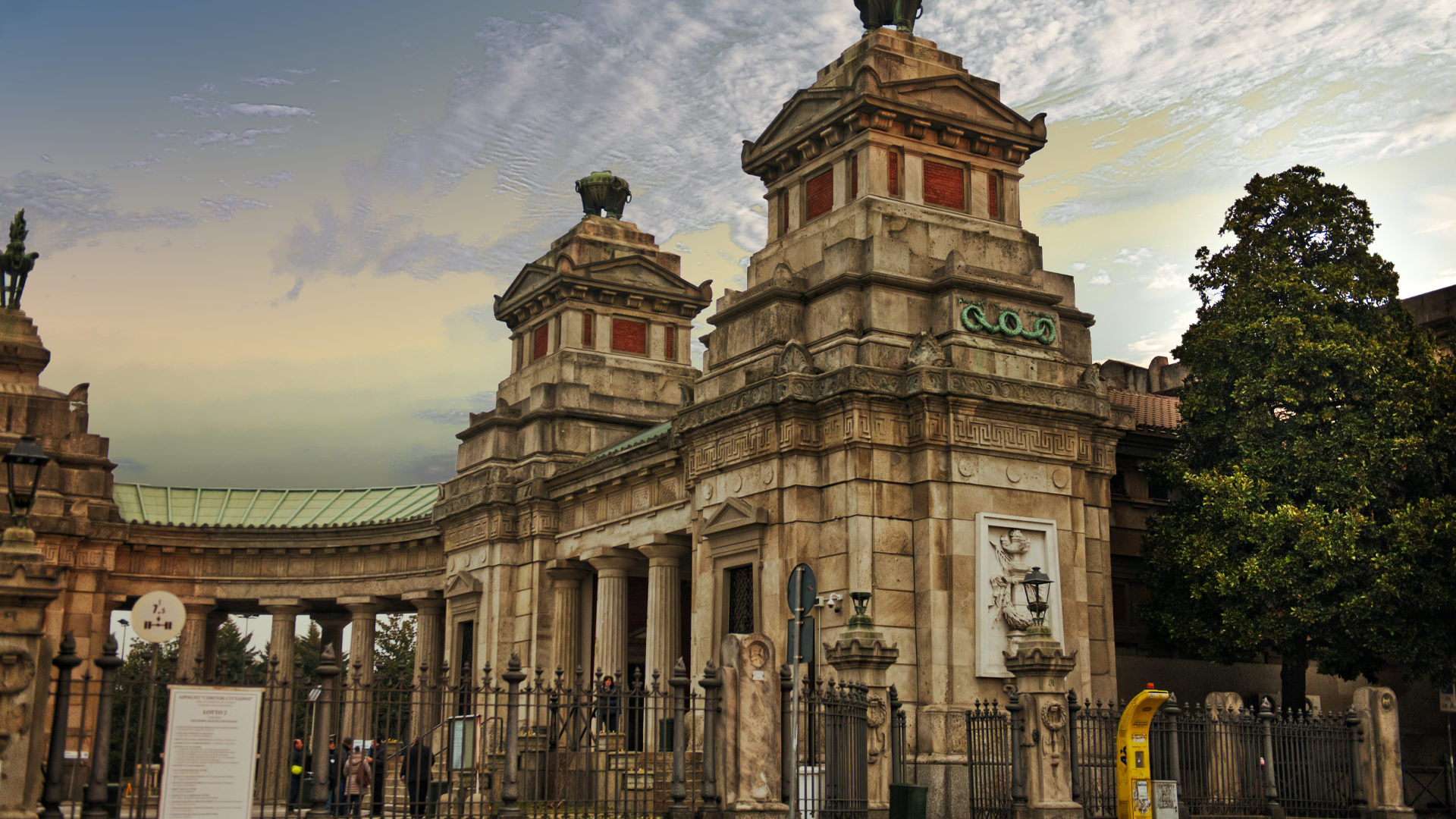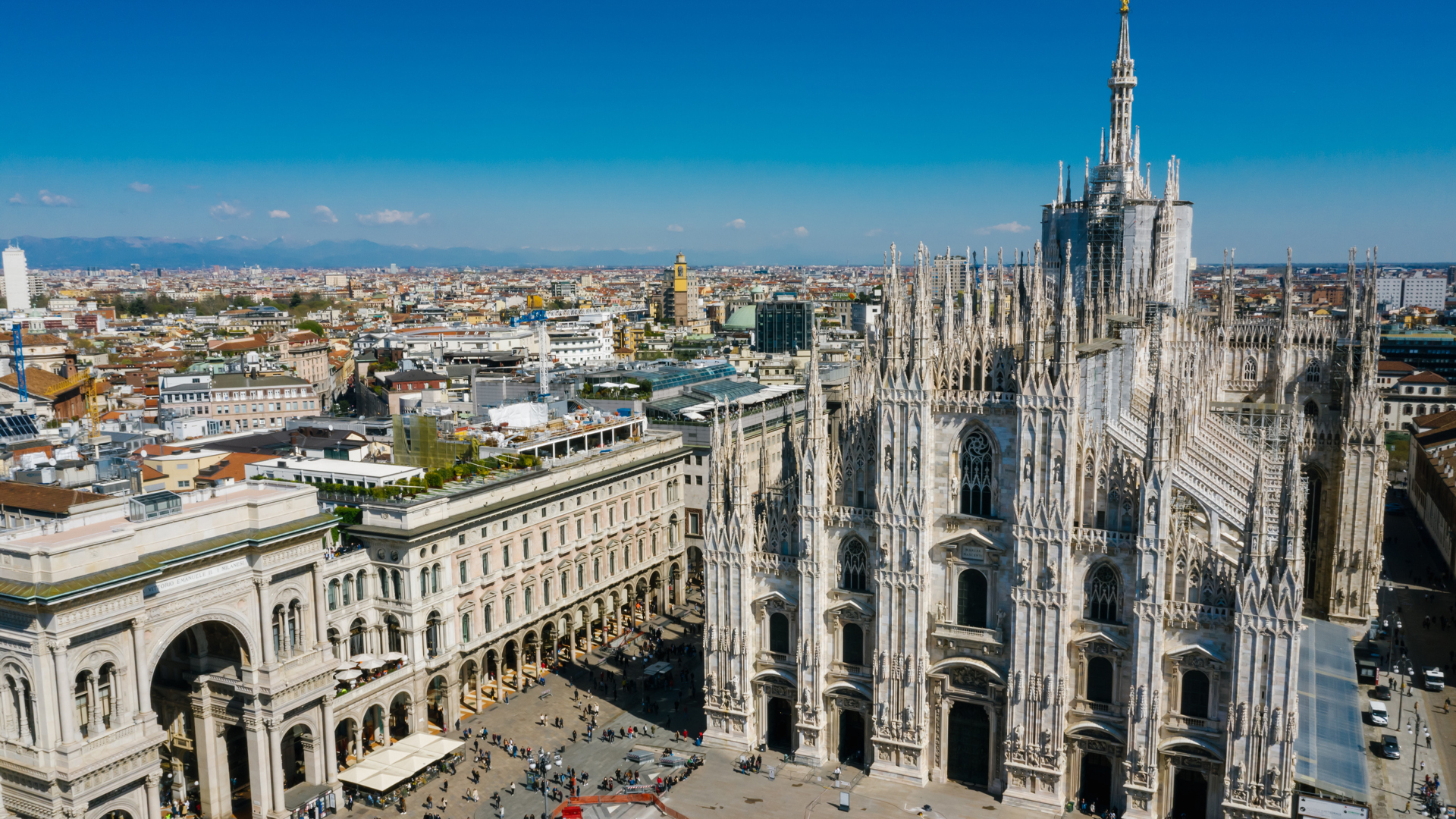The center of Italian finance, fashion, and design, Milan is an international city with a strong economy and industrial base. The northern Italian city is better known for rice dishes like risotto rather than pasta. The region is a crossroads of northern European and southern Italian culture. It has a rich history in renaissance art and architecture, as well as strategic political and military value. Seven cities in the United States bear the name Milan, each for different reasons.
Milan, Michigan
When French settlers first arrived in the area, small native grapes were growing on the river banks. Nearby, these settlers named it “River Raisin” after the French word for grapes. Since they also intended to develop a grape-growing and wine-producing region, they named their village after the Italian city with the hope it would help their fledgling business.
Milan, Missouri
In the 1840s, the city wasn't much more than a post office named Pharsalia. Marshall Baker Witter arrived in the county in 1844 and finding the name difficult to pronounce and impossible to spell, decided to find a better one. Witter was something of a history buff and having read the Milan Decree issued in 1807, suggested the name of the city as Milan. The Milan Decree was issued by Napoleon I seeking to enforce the Berlin Decree from a year earlier. Both stipulated that the European nations were barred from trading with the United Kingdom, and authorized French privateers to sink European-flagged vessels trading with the Island nation. The name Milan was officially incorporated in 1859.
Milan, Ohio
A small village of about 1,400 people in northwest Ohio, Milan was settled in 1804 by missionaries. Twelve years later, a group of settlers from Connecticut, the Catholic colony, arrived in the village then known as Pequotting. These Connecticut families decided to rename their new home after Milan, Italy. For several decades, Milan was connected to Lake Huron by a deep canal. Milan, Italy had built a canal for a similar reason–a trade connection that built wealth for both cities. Unfortunately for Milan, Ohio residents, the arrival of the railroad doomed the small town, especially when local leaders refused to provide a railroad right-of-way ensuring the trains bypassed the village.

Milan, Indiana
This midwestern town is actually named for the Indiana town, Old Milan, with Old Milan named after Milan, Italy. Early settlers to the town were German and Swiss immigrants. Historian Price Myers has suggested these settlers were interested in grape growing and wine processing and perhaps even originated in Lombardy, Italy. Old Milan was established in 1836 as simply Milan. However, the construction of railroads in the midcentury bypassed the city, and without the trains, the local economy was decimated. In 1854, most of the town packed up their bags and moved to a new city closer to the railroad. The new city was named Milan.
Milan, Illinois
The area was first settled under the name Camden in 1843. Unfortunately, there already was a Camden in that county so the village was renamed Camden Mills. In 1870, it was formally renamed to Milan. Legend has it that it was named for a watch factory that was set to open but never did. Around 1870, the Rock Island Watch Company bought equipment from the Rhode Island-based Mozart Watch company. By 1872, after moving the equipment to the factory now known as the Milan watch factory, Rock Island Watch was negotiating a return of the equipment without ever opening the facility. A decade later, the Eastern Clock Company was considering the space for their factory in a deal that also fell through. Eventually, the site became a piano factory, and no watches were ever produced. Despite various retellings, it is actually more likely that the name Milan is derived from the nearby town of Moline. The modern pronunciation of the village is not like the Italian city, but rather "MEYE-lin", phonetically more similar to Moline. Moline's town name is derived from the French word moulin, meaning "mill town," which both Moline and Milan were.

Milan, New Hampshire
The town was originally founded in 1771 as Paulsburg, likely named after Paul Wentworth. But in 1824, Governor Levi Woodbury changed the name to Milan, not for the Italian city, but after his friend, Milan Harris. Harris is also the namesake family name behind Harrisville, New Hampshire, where Milan kept a house.
Milan, Tennessee
This city has nothing to do with Italy and everything to do with a Southern accent. In the 1850s, a railroad surveyor asked who owned the land and Beverly Williamson declared, "It’s my land," – but it sounded more like Milan.
Ian MacAllen
Ian MacAllen is America Domani's Senior Correspondent and the author of Red Sauce: How Italian Food Became American. He is a writer, editor, and graphic designer living in Brooklyn. Connect with him at IanMacAllen.com or on Twitter @IanMacAllen.


